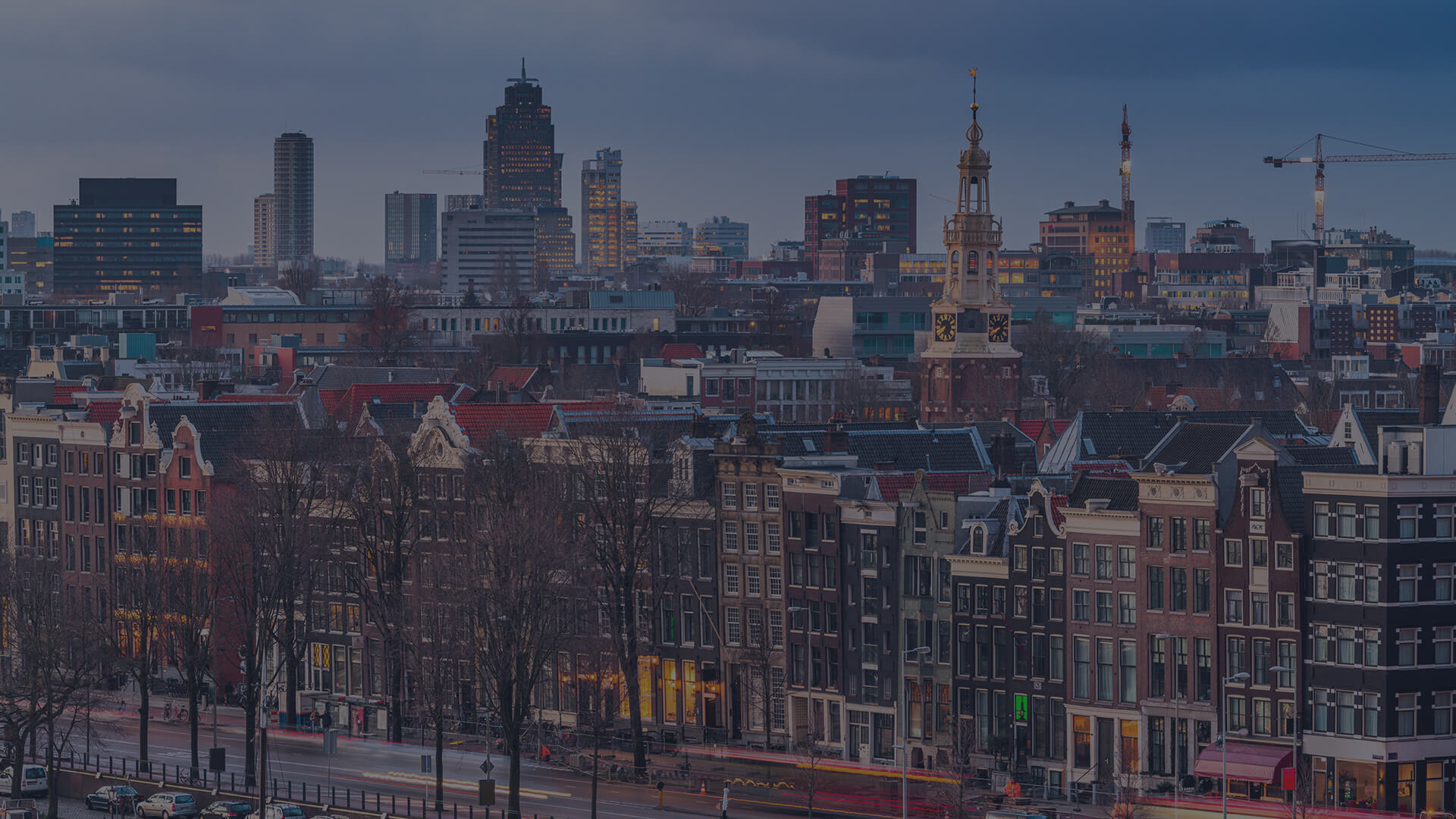Organizations must design their systems and processes accordingly. We at Datacadabra also have to deal with this. Take the MowHawk for example, our smart camera system for roadside mowers. Or the drones that inspect the rivers of the Water Board Aa and Maas for large water pennywort. And then there are BeeXact's mobile mapping cars all over the Netherlands. All in all, this is good for kilometers of visual material with the occasional familiar (or less familiar) face or license plate. Privacy-sensitive material that must be handled with care.
Privacy-sensitive images
Everywhere in the outdoor area where our AI solutions are active, we also run the risk of capturing images of (faces of) people or privacy-sensitive objects. You then have to avoid capturing such images at an early stage, or make the images unrecognizable. If you shoot images from a certain height with a fixed camera, you can cut them out afterwards. However, if you drive the MowHawk low to the ground in the field, you do not have that option. You then run the risk of detecting faces. You want to remove them as early as possible. For example, by blurring them. If faces are detected and present in the image, they are not saved. However, the disadvantage of blurring faces is that you still know they are present on image.
AVG-proof model
Datacadabra has developed a model that detects the presence of faces before the images are stored. This therefore makes us fully AVG-proof. An example of such a model is the project 'The Smart Vecht'. For Waterschap Vechtstromen, we developed a speed camera that can detect speeders on the water. In this particular case, we chose to 'blur' faces, but not the registration mark. Because it is precisely by capturing registration marks on camera that we can identify violators. So there is a legitimate interest in capturing this data on the 'sensitive record'.
Spotted, not saved
By the way, we don't do anything with all the information, sensitive or not, ourselves. In the case of 'De Slimme Vecht', the data is stored with the enforcer. And should you come face to face with a roadside mower equipped with our MowHawk during one of your field trips, rest assured. The MowHawk is there only for detecting invasive exotics, color judging and (litter) debris. But be careful what you leave on the roadside 😉
Are you also interested in the application of AI for your company or product? We would love to talk to you about the unlimited possibilities of AI. Contact us for a consultation or a customized workshop.

